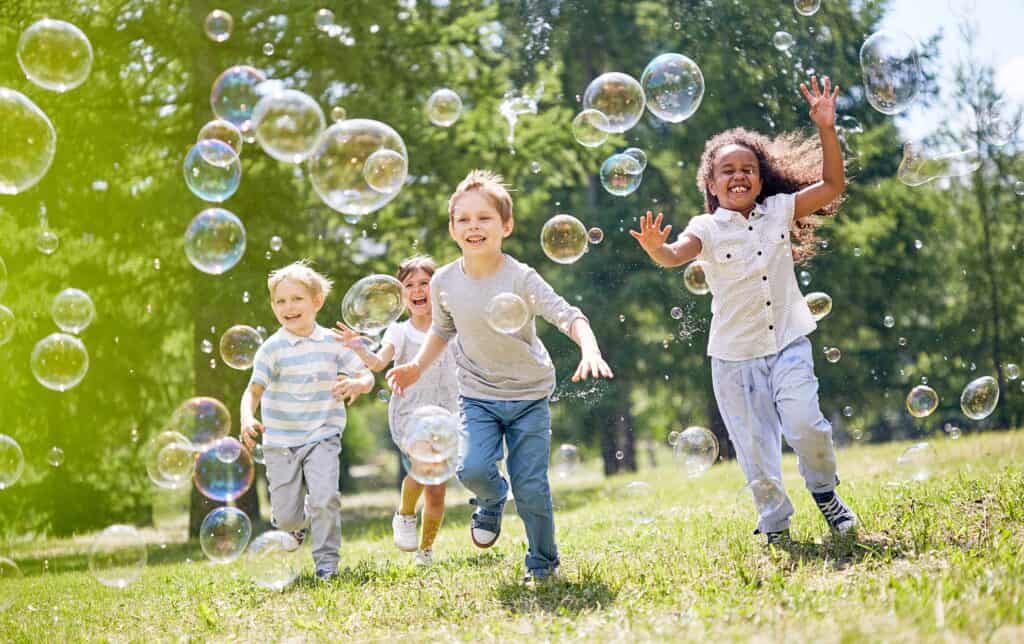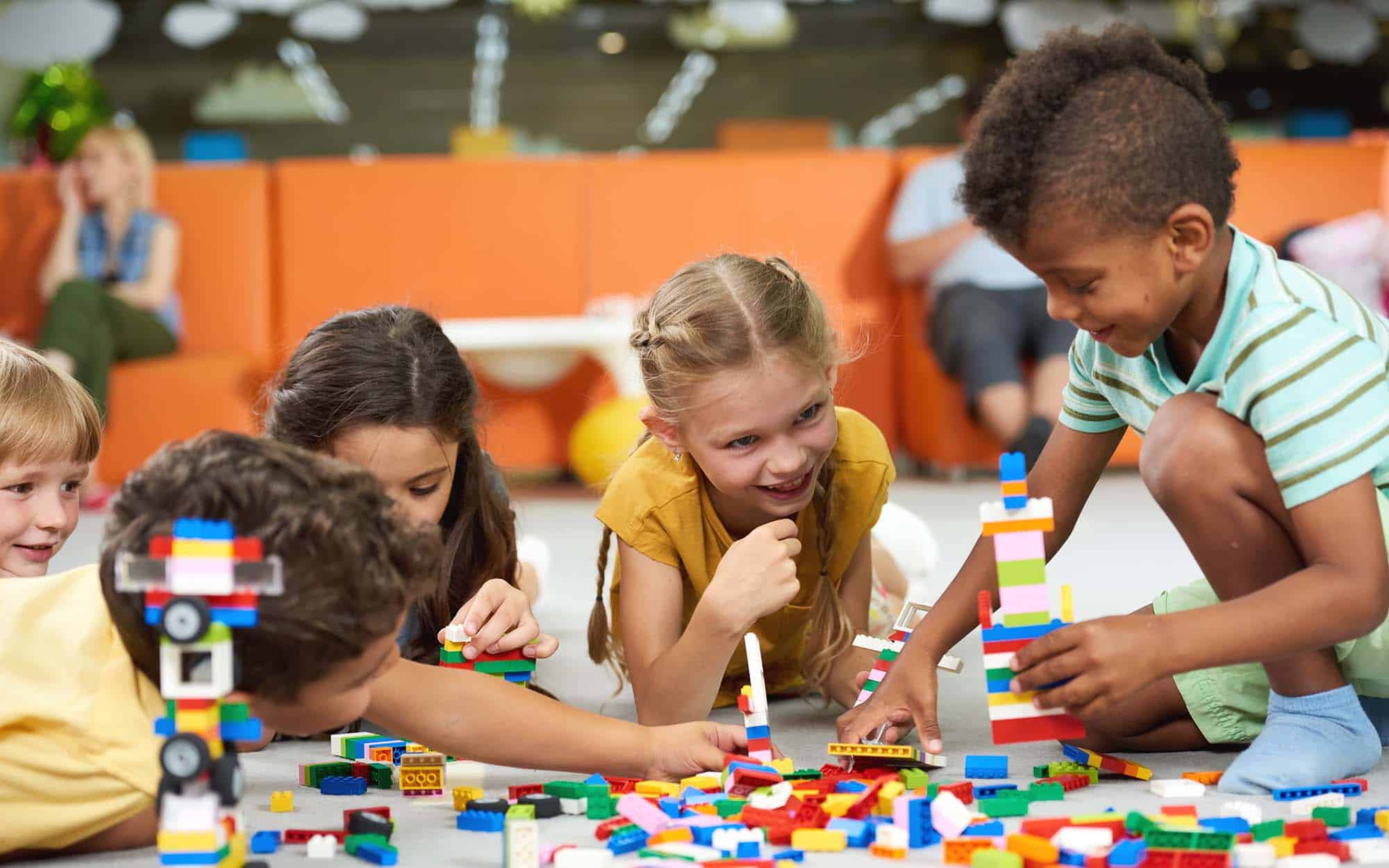ADHD in the Social Realm
Children with ADHD often face challenges in social situations primarily due to deficits in social skills and difficulties with emotional regulation. These children may struggle to understand social cues and express their emotions appropriately. As a result, they may have trouble forming and maintaining friendships, leading to feelings of social isolation.
Additionally, their struggles with emotional regulation can manifest as intense emotional reactions or impulsive behavior, which can disrupt social interactions and cause misunderstandings with peers. It is important to provide support, structure, and skills-building opportunities to help young children with ADHD develop their social skills and emotional regulation abilities, fostering positive social experiences and meaningful connections with others.
The Brain and Social Functioning
Many parents don’t realize that child brain development and neuroanatomy are crucial to social prowess. In children with ADHD, some brain regions experience developmental delays, making it hard for your child to succeed. Let’s walk through some of those below.
The Frontal Cortex
The frontal cortex is an area of the brain responsible for a range of complex cognitive processes, including decision-making and executive functions such as planning and problem-solving. It also plays an important role in social behavior, helping us to interpret the cues of others, remain aware of our own behavior, and respond appropriately in different social contexts.
In children with ADHD, the frontal cortex tends to be less active and develops more slowly than in other kids. This can mean that your child may struggle to stay focused when engaging in social activities or conversations. They may also be less capable of controlling their impulses or recognizing the emotions of others. All these factors can lead to difficulty interacting with peers and developing social skills. In addition, deficits in these capabilities can, in turn, create friction with peers, which can lead to a vicious cycle of maladaptive coping mechanisms and fewer opportunities to adjust.
The Temporal Lobe
The temporal lobe is located towards the base of the brain, just behind each ear. It’s responsible for processing auditory information, understanding language, and interpreting verbal cues from others. This area also plays a key role in non-verbal communication, such as tone of voice, inflection, and facial expressions.
In people with ADHD, this area tends to be less active. This means that your child might not pick up on subtle inflections or nuances in speech. They may also have difficulty following directions or conversations, even when they’re paying attention. This underactivity explains why families with children with ADHD often describe them as having a flat affect—their facial expressions don’t seem to reflect how they are feeling, and their voices sound more flat or monotone than usual.

The Cerebellum
The cerebellum is situated at the back of the brain, at the base of the brainstem, and it’s primarily responsible for controlling our fine motor coordination, both physically and cognitively. For example, this region of the brain controls our ability to play sports as well as speak clearly. The cerebellum also has a role in working memory, which is used when carrying out a particular activity or task.
In children with ADHD, it has been found that the cerebellum tends to be smaller than usual, which is significant, as this region contains nearly 50% of the brain’s neurons. Because of this, your child may find it hard to keep up with their peers when participating in physical activities like sports or playground games. They may also struggle with communicating effectively due to difficulties forming sentences or pronouncing words correctly.
How Brain Training for Kids Can Develop Social Skills in Your Child
So how can you help your child develop good social skills? Here are some tips to work on at home:
- Encourage them to practice taking turns in conversations by actively listening instead of focusing on what they want to say next.
- Work on establishing expectations around appropriate behavior before entering any social situations.
- Help them understand how their actions affect others by providing concrete examples.
- Make use of positive reinforcement whenever possible—praise your child when you see them exhibiting good behaviors.
- Practice role-playing various scenarios at home so your child knows how to act in different situations.
- Focus on building confidence rather than managing perfection—mistakes are part of learning.
- Foster meaningful relationships through extracurricular activities like sports teams or interest groups (this will help your child connect more easily with peers).
- Utilize educational resources that teach your child about emotions (e.g., books about feelings) so they will better understand themselves and those around them.
Treating ADHD Symptoms With Neurofeedback Training
If you’re looking to go one step further in addressing the underlying issues related to ADHD symptoms—particularly those related to neuroanatomy—consider neurofeedback training as an option for treatment. Neurofeedback works by teaching your child how to regulate their brain through exercises aimed at improving attentional control and emotional regulation. Over time, this can lead to better functioning across all aspects of life, including an improved ability in managing social interactions.
Partner With Abbey Neuropsychology Today to Transform Your Child's Life
As a parent of a child with ADHD, you want your child to feel confident and comfortable engaging with their peers. Through neurofeedback and a customizable Transformative Brain Training Program, Abbey Neuropsychology Clinic has established a comprehensive means of addressing developmental delays and social shortcomings in children with ADHD.
Get in touch with us today to learn more.

